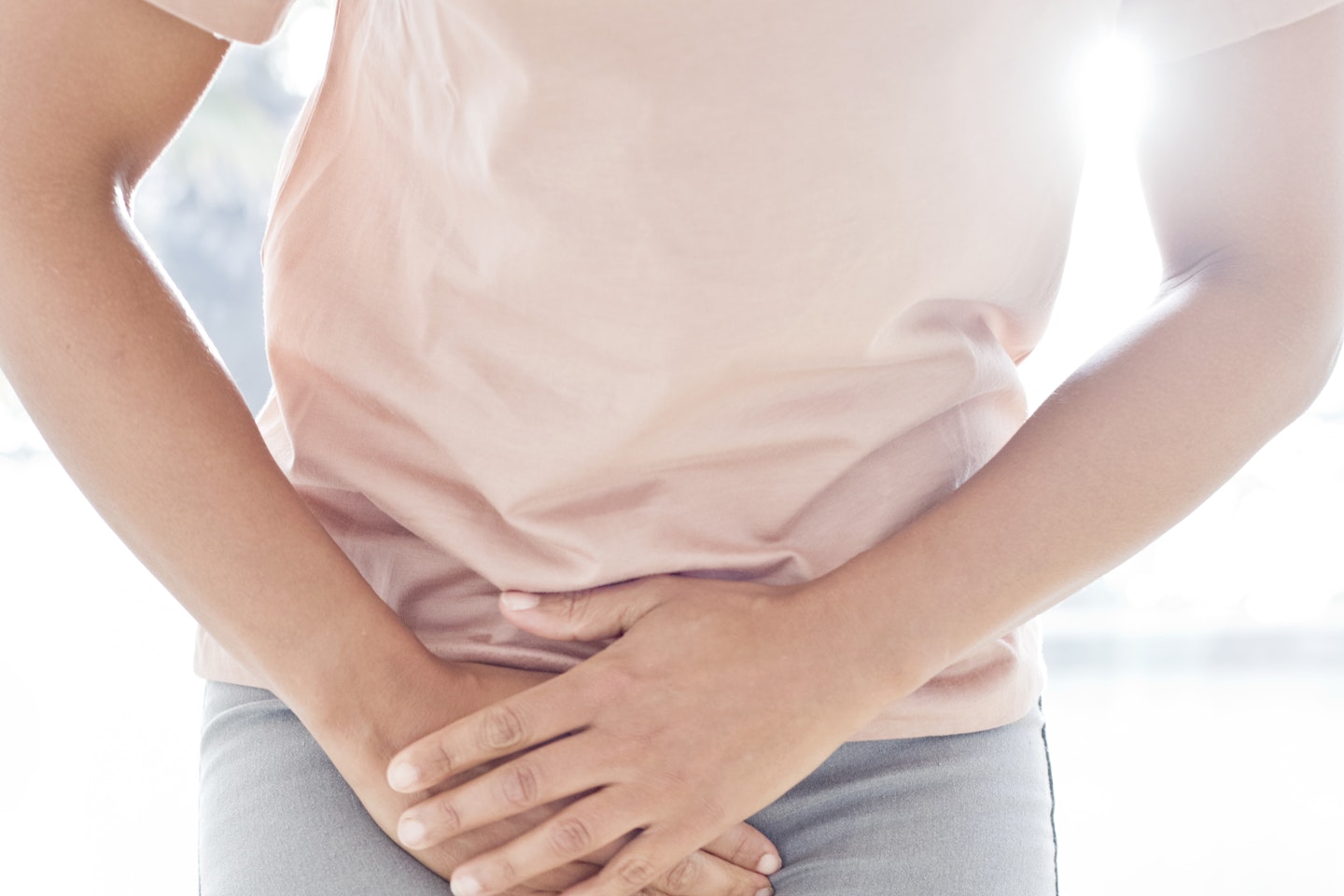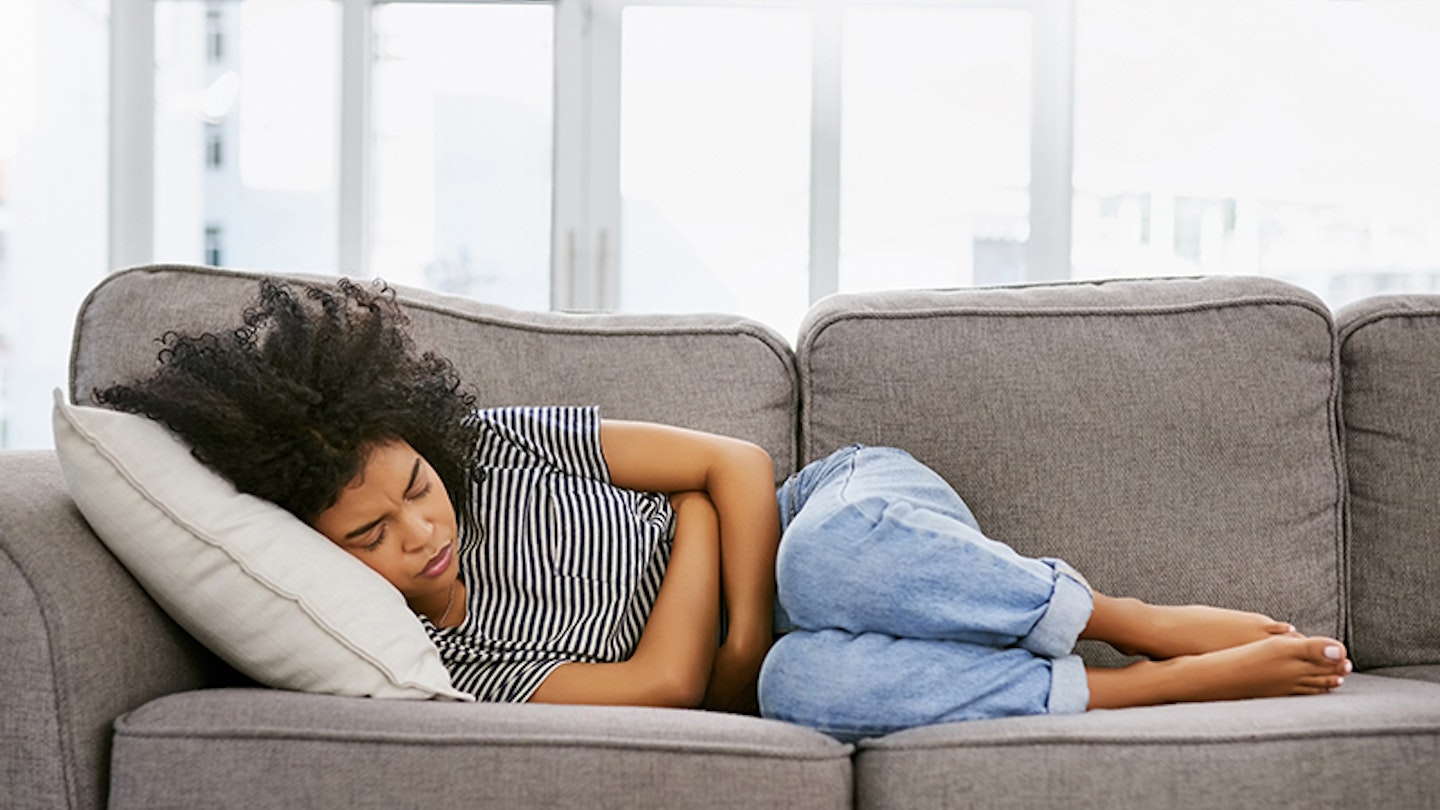From the day we have our first period until the time we wave goodbye to our menstrual cycle, women get used to the monthly cramps and aches that inevitably herald the start of a bleed.
But for some of us, there are two points in the month when we are cramping - during our period and mid cycle during our ovulationwhen the egg releases from the ovary.
Ovulation pain is known as Mittelschmertz which is a German word meaning “Middle Pain”. Dig down deep into your memory from school biology lessons and you will remember that we release an egg about once every month from our ovaries.
We have two ovaries - one sitting at each side of our uterus at the end of the fallopian tube, and we tend to release one egg from each ovary alternately, month by month. The egg is released about halfway through the month at around day 14 (if we take the first day of our period as day 1). Our period then starts about 12-14 days after we ovulate, unless we fall pregnant…
Try Mother&Baby's ovulation calculator to find out when you're ovulating
What does ovulation pain feel like?

For those women who experience Mittelschmertz, it is usually described as a “stitch-like” pain on one side of the abdomen or the other, or at the very bottom of the tummy. It can last a few hours or a few days. The abdominal pain tends to be less intense than that which we are used to with our periods, more of a dull cramp, but it can be quite nagging nonetheless.
Depending on which ovary releases the egg, the side we feel the pain corresponds to the side where the ovulating ovary is and so, as women get used to noting the timing of ovulation pain they can say, with some confidence, whether they have released an egg from their left ovary or their right! How amazing to be that tuned in to our bodies!
Sometimes an egg can be released from the same side a couple of months running and, of course, if a woman only has one functioning ovary, she will feel the Mittelschmertz on the same side each time an egg is released. As fertility drops and ovulation becomes less regular, so women notice fewer episodes of pain in the middle of their cycle.
It is not really known exactly what causes the pain but it might be that, as the ovary wall breaks to let the egg out, a little fluid is released and this might irritate the nearby nerves and create enough inflammation and irritation to cause discomfort.
Read more:Ovulation spotting: Is it normal?
How to relieve ovulation pain:

Managing the pain is much the same as managing the pain of a period - simple pain-relieving medication such as paracetamol, a hot water bottle, a soak in the bath and keeping busy. It’s also ok to take ibuprofen as long as you’re not trying to conceive, in which case it should be avoided as it can interfere with ovulation.
Read more: 5 signs you're ovulating to understand when you're most fertile
I don't have ovulation pain - is this normal?
Don’t worry if you don’t feel ovulation pain - some women do and some don’t. Not having a Mittelschmertz doesn’t mean you’re not ovulating, simply that you’re not feeling it. For those who do feel that time in the month when they’re releasing an egg, it can be really good to note it down in your diary and use the information to know when to expect your period AND, of course, when to plan sex if you’re trying to conceive. Ovulation pain alongside taking your temperature can be a good, natural way of monitoring your fertility. However, never use the symptoms of ovulation as contraception if you don’t want to fall pregnant as it is possible for sperm to live for 5-7 days inside a woman which means that fertility can last from almost a week before ovulation and up to 48 hours afterwards.
Although ovulation pain is fairly common and generally not a cause for concern, it can sometimes be a sign of an underlying problem such as endometriosis, abnormal scar tissue or even an STI so, if you’re worried about your Mittelschmertz or if ovulation is causing you a lot of pain, make an appointment to see your GP. Needless to say, any medication which stops ovulation, such as contraceptive hormones, will also prevent a Mittelschmertz.
For most of us who experience this monthly stitch and cramping, we can relax and marvel at this sign that our amazing body is working beautifully, reminding us that we are a healthy, fertile woman.
Read more popular articles
19 ovulation facts you need to know if you're trying for a baby
